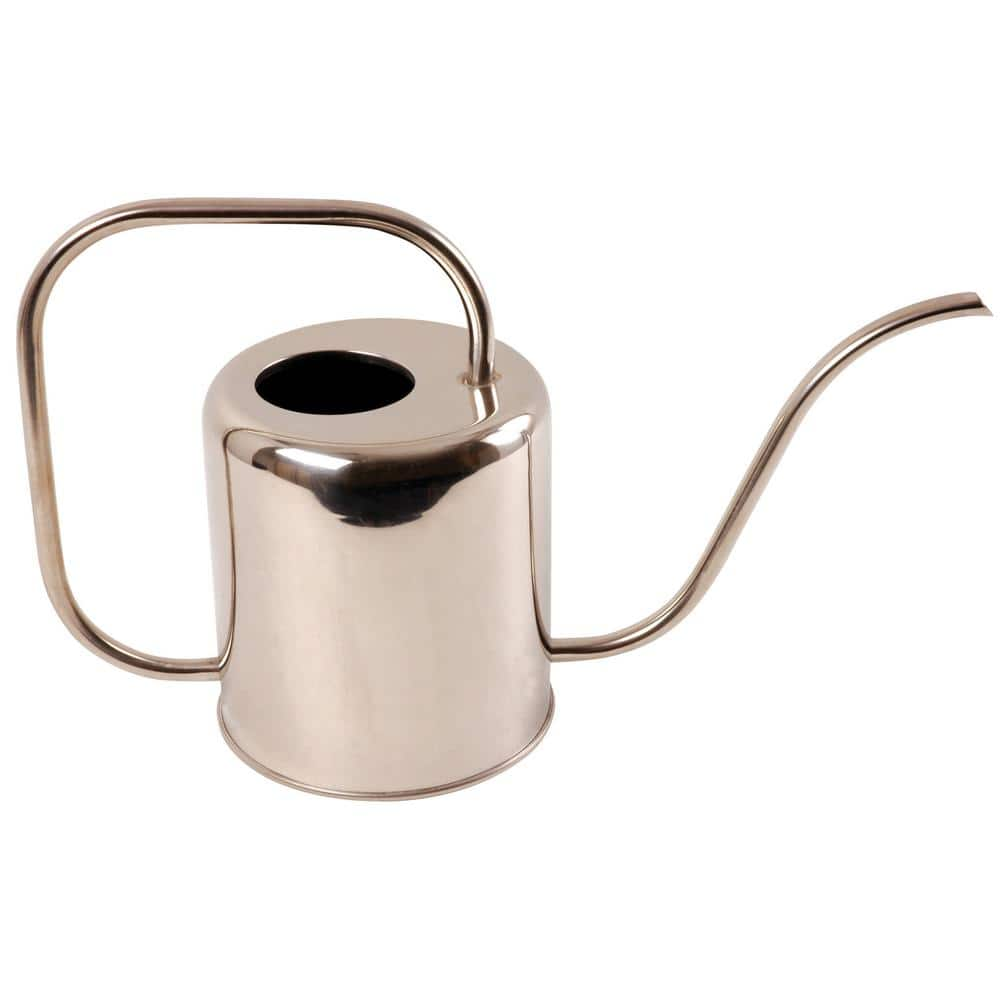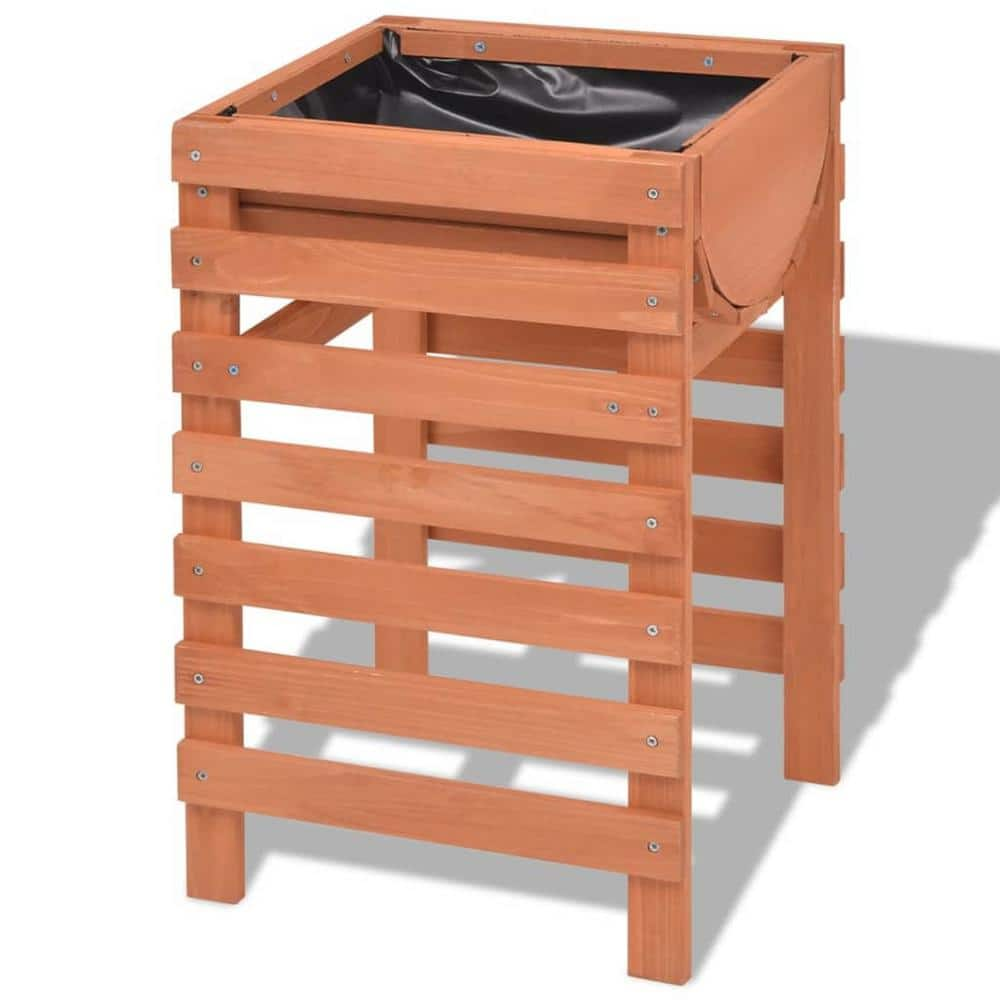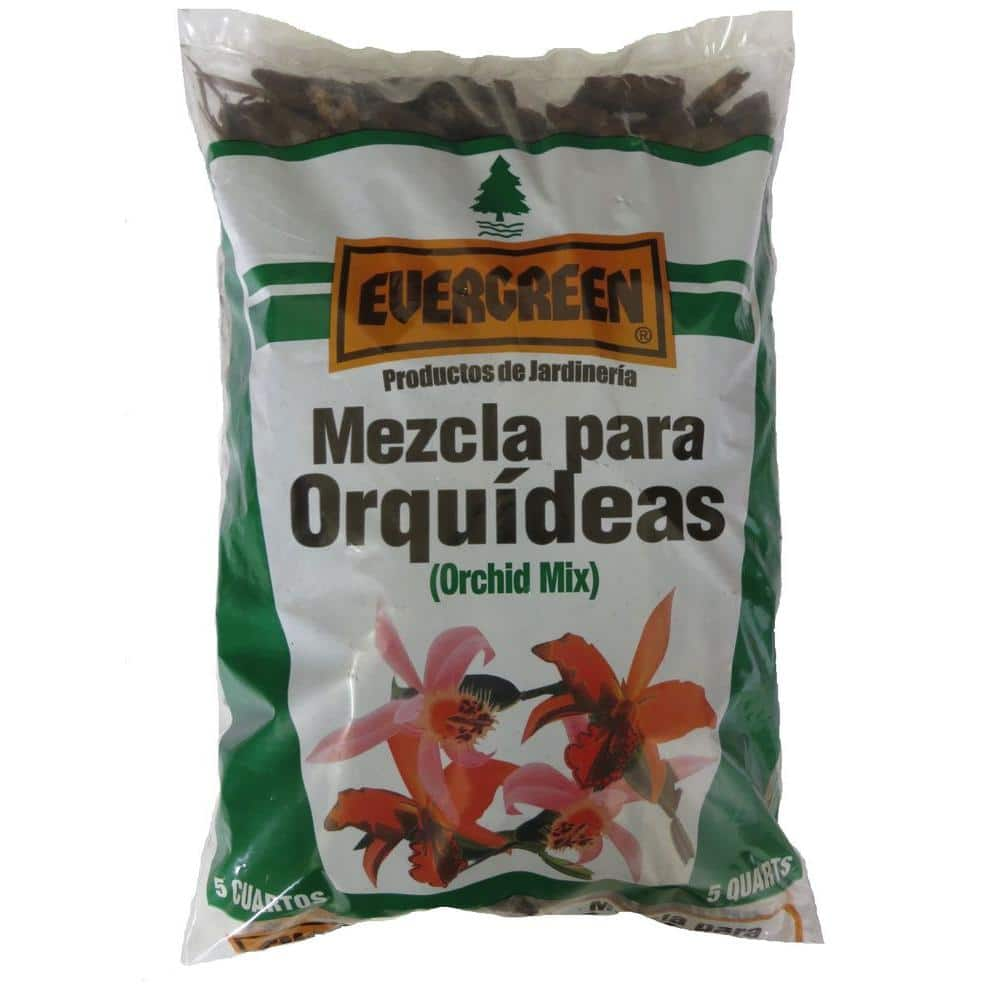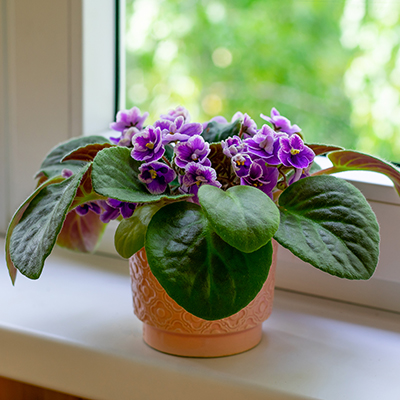Indoor Gardening 101
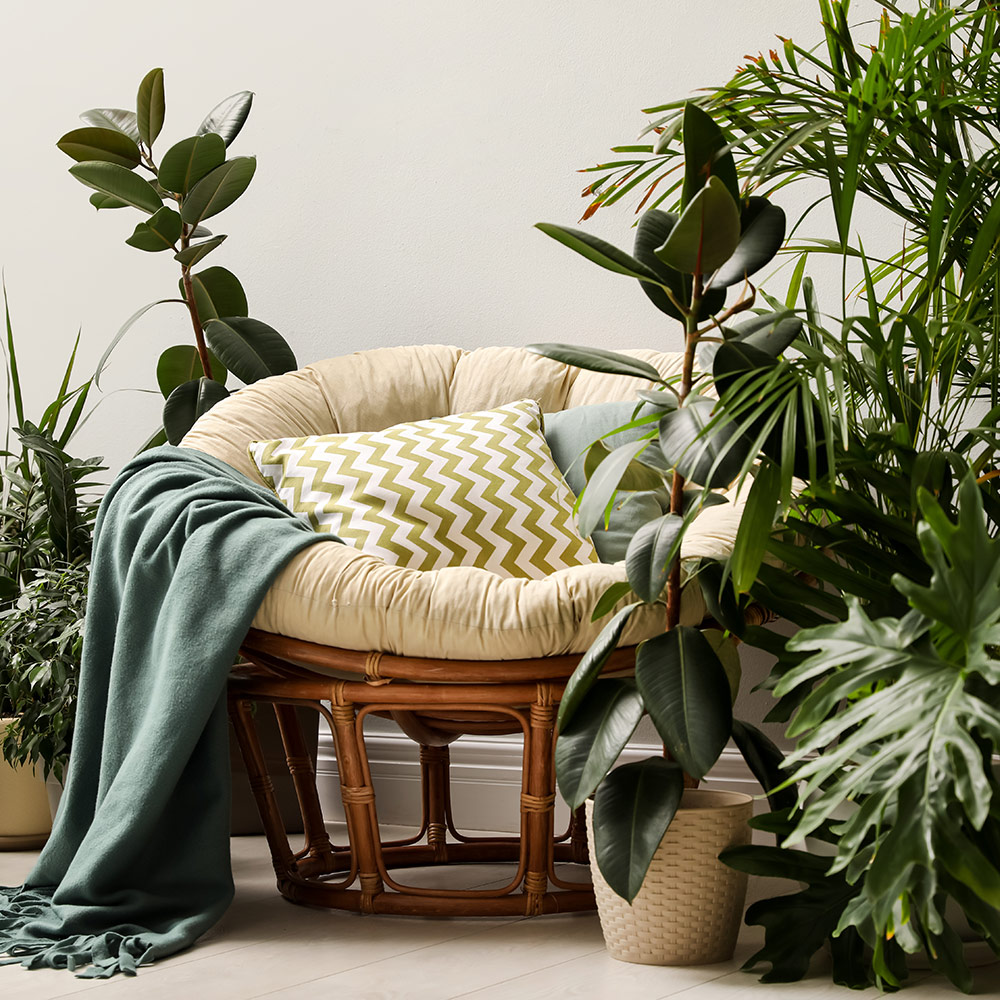
Last updated March 7, 2025
The benefits of indoor gardening are both obvious and unexpected. Indoor plants, such as a blooming orchid or snake plant (Dracaena trifasciata), enhance your décor with color and texture. Palms and fiddle leaf fig trees (Ficus lyrate) add visual interest with height and symmetry or asymmetry. Indoor plants also have health benefits. Besides purifying the air, recent scientific studies have found that working with plants reduces anxiety and stress, increases productivity and the ability to concentrate, helps sick people heal faster and boosts happiness.
Even if you don’t have a green thumb, it’s easy and affordable to start an indoor garden. This beginner’s guide introduces you to the endless possibilities of indoor gardening.
Table of Contents
Where to Place Your Indoor Garden or Plants
Tools and Materials Needed
Best Plants for Your Indoor Garden
Growing a Kitchen Garden with Herbs and Seedlings
Tips for Keeping Indoor Plants Alive
Where to Place Your Indoor Garden or Plants
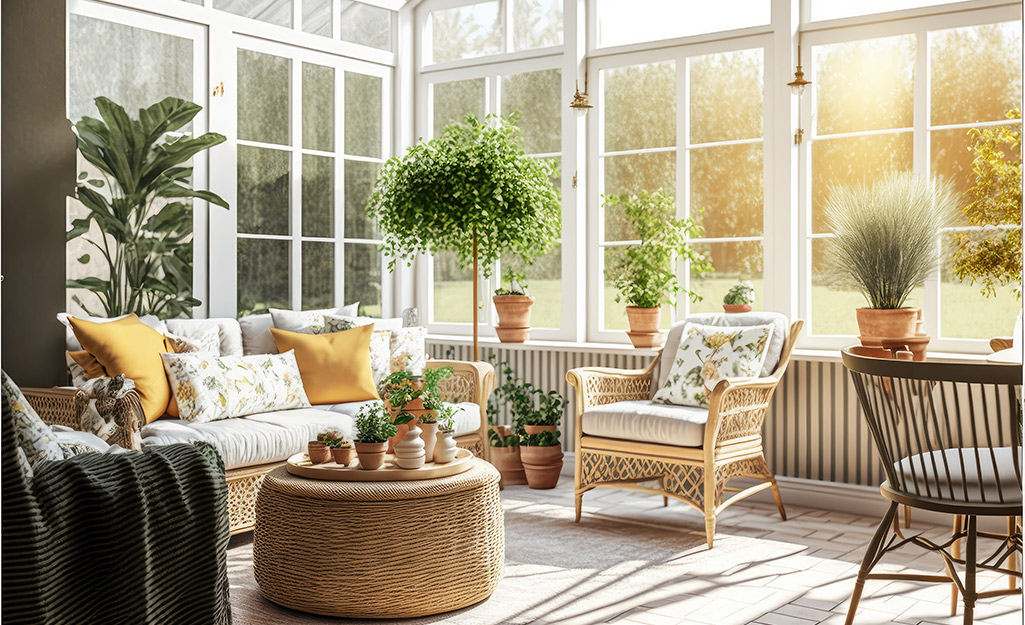
The first rule of gardening is the “right plant in the right place.” This is especially true for indoor gardening. Different plants have different needs, so you might have to move around indoor plants until you find the right conditions to encourage growth.
As with outdoor plants, sunlight, temperature and moisture are key considerations. For example, vegetable seedlings require bright light, warm temperatures and frequent soil monitoring. However, maidenhair ferns and bamboo can be placed in areas with low light. For best results, place plants that require light in or near south or west-facing windows. For plants that can survive in lower lighting conditions, look for areas of your home with indirect light.
Another consideration is to place your plants out of your home’s traffic flow and heavy-used areas. Instead of using your kitchen table to hold seedling trays, invest in a seed rack you can place out of the way. If you have pets, be sure your indoor plants aren’t toxic. And if your indoor plants require special food or care, store tools and supplies close by. Your indoor gardening efforts will be more successful if maintenance is easy and convenient.
The key to determining whether your plant is thriving is to pay attention to how it looks in a particular place. If leaves are wilting, spotted, brown or falling off, most likely your plant is in the wrong place. You may also be able to tell if the roots are black. And having a plant that should be flowering, but isn’t, may indicate that it's in the wrong place.
Tools and Materials Needed

While you don’t need a lot of tools and materials to get started with indoor gardening, there are several items that can make it easier:
Storage: Having everything you need in one place makes it easier to tend an indoor garden and plants. A galvanized bucket or plastic bucket, plastic bin or tool bag are all options.
Hand fork: A hand fork breaks up soil, so that fertilizer and water can reach a plant’s roots.
Spray bottle: Plants that thrive in humidity benefit from water spritzes several times a week. If you recycle a spray bottle you have around the house, be sure to clean and rinse thoroughly before filling with water.
Watering can: Look for a can with a long spout, so you can direct water to the plant with precision.
Pruning shears: Use pruning scissors to cut spent flower blooms and leaves.
Planters and pots: Part of the fun of indoor gardening is choosing a planter or pot for your plant. From macrame hangers to indoor window boxes to classic terra cotta pots, there are limitless options to choose from.
Plant saucers: Plant saucers and planter feet prevent mildew rings and other damage to tables and countertops.
Grow lights: Light is essential to indoor gardens. If you don’t have rooms with adequate natural light, grow lights supplement the natural light in the room.
Soil tester: Testing your soil measures moisture, pH and temperature to ensure your plant is getting the nutrients it needs to grow.
Seed trays and domes: If you are growing seedlings, seed trays and domes allow you to control environmental conditions. This gives plants the light and warmth they need.
Fertilizer: The amount and type of fertilizer varies, but indoor garden and plants will need nutrient supplements for longevity, blooming and growth.
Plant stand: A plant stand protects your plant and can add a decorative touch to your home. Stands with legs that keep plants off the ground are a good idea if you have pets or small children.
Best Plants for Your Indoor Garden
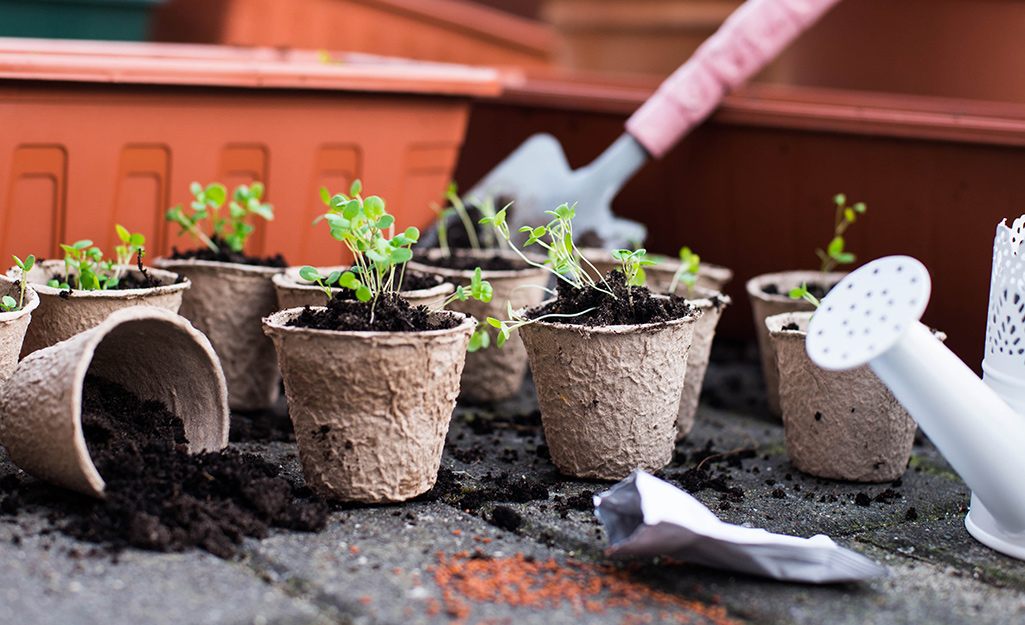
Master gardeners can coax just about any plant to thrive indoors. But if you’re a beginner, try your hand at plants known to thrive indoors. For example, forcing flower bulbs is extremely easy. Snake plants and peace lilies are also low maintenance and thrive in low light. The following are indoor plants to consider:
- Elephant ears
- Snake plants (Dracaena trifasciata)
- Peace lilies
- Ferns
- Rubber plants
- Bamboo
- Bulbs
- Begonias
- Fiddle-leaf fig trees
- Ivy
- Spider plant
Growing a Kitchen Garden with Herbs and Seedlings
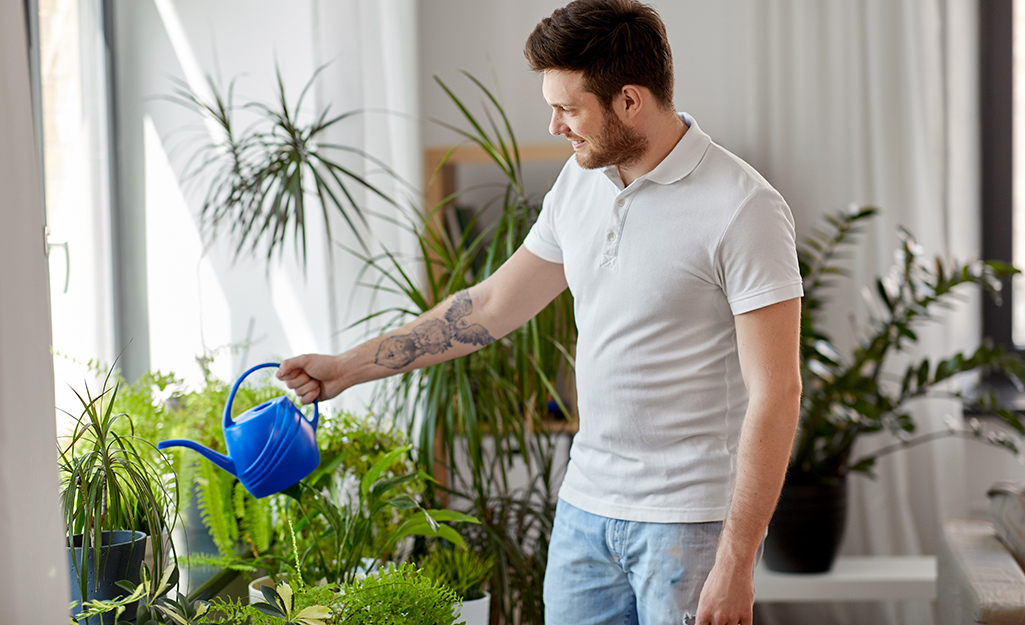
Kitchen gardens and edible gardens are both pretty and useful. Window sills and seed shelves with grow lights are ideal places for indoor herbs and seedlings. If you’re a beginner, start with herbs. Mint, rosemary, sage, thyme, cilantro, parsley and chives all do well when grown indoors. Likewise, the following seeds and seedlings will transplant easily in your garden:
- Hot peppers
- Salad greens
- Sprouts and microgreens
- Green onions
- Carrots
- Peas
- Radishes
- Beets
- Bush beans
- Garlic
Tips for Keeping Indoor Plants Alive

Keep these tips in mind when caring for indoor plants:
- If you’re a beginner gardener, purchase an indoor gardening kit with tools and supplies.
- Considering interesting ways to display indoor plants, such as living walls with succulents and macrame plant holders.
- Hydroponic gardening, the technique of using water rather than soil to grow plants, is a good way to start an indoor garden.
- When the temperature is right, take indoor plants outside every few weeks. Place plants in the same lighting conditions and leave them for a few days before bringing back inside. During summer months, consider placing them on a porch or patio, again in the right lighting conditions.
- Prune as needed to promote healthy growth and better flower yields.
- Transplant plants as needed to avoid stunted growth.
- Take notes on what works and what doesn’t, especially if you have several different varieties of plants indoors.
- Keep tools clean to avoid spreading disease between plants.
- Add a humidifier to rooms with plants that like moisture.
With practice and patience, you'll master indoor gardening in no time. The Home Depot has everything you need to get started. You can also shop The Home Depot Mobile App to compare plants and make a list of the tools and supplies you need.


